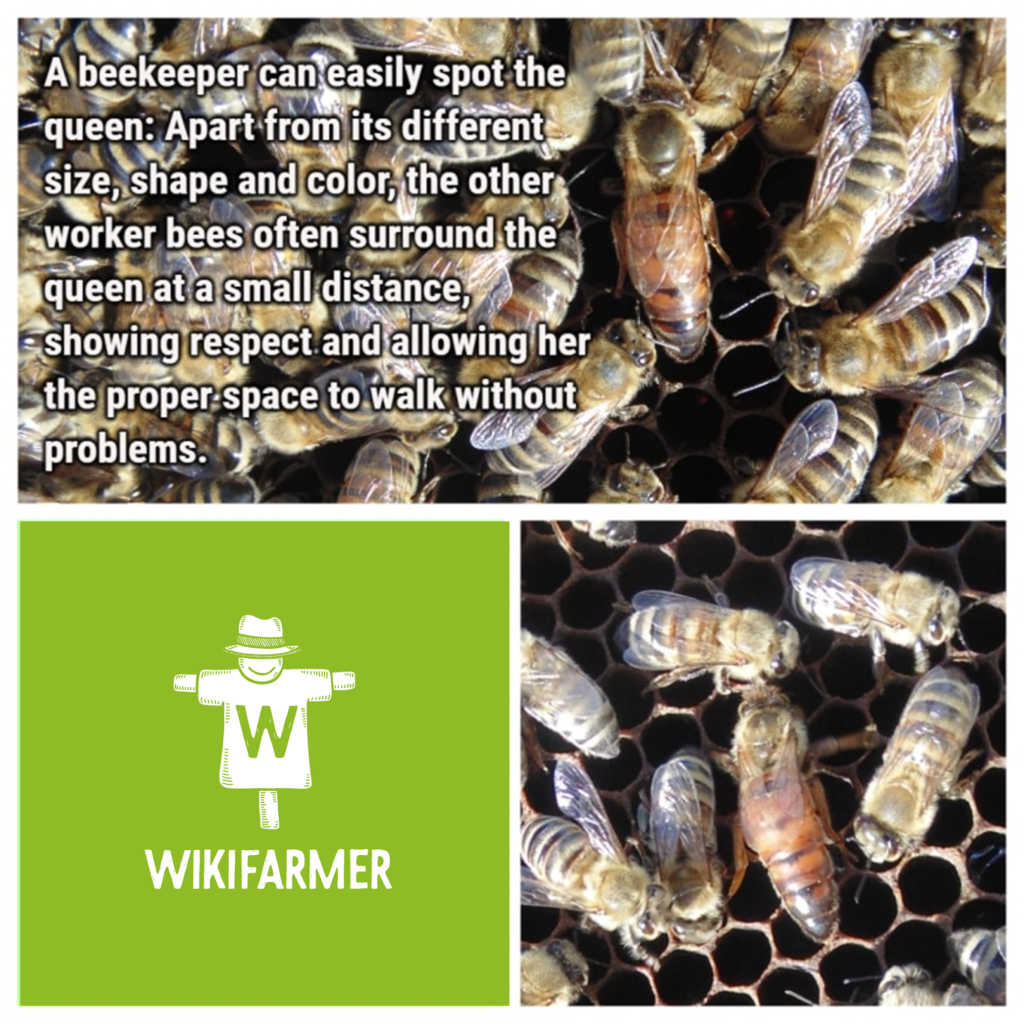Understanding Bee Social Structure and Organization

This post is also available in:
This post is also available in:
![]() Español (Spanish)
Español (Spanish) ![]() Français (French)
Français (French) ![]() Deutsch (German)
Deutsch (German) ![]() Nederlands (Dutch)
Nederlands (Dutch) ![]() हिन्दी (Hindi)
हिन्दी (Hindi) ![]() العربية (Arabic)
العربية (Arabic) ![]() Türkçe (Turkish)
Türkçe (Turkish) ![]() 简体中文 (Chinese (Simplified))
简体中文 (Chinese (Simplified)) ![]() Русский (Russian)
Русский (Russian) ![]() Italiano (Italian)
Italiano (Italian) ![]() Ελληνικά (Greek)
Ελληνικά (Greek) ![]() Português (Portuguese (Brazil))
Português (Portuguese (Brazil)) ![]() Tiếng Việt (Vietnamese)
Tiếng Việt (Vietnamese) ![]() Indonesia (Indonesian)
Indonesia (Indonesian) ![]() 한국어 (Korean)
한국어 (Korean) ![]() polski (Polish)
polski (Polish)
The bee society is consisted of the queen (which is the only sexually developed female), the worker bees and the drones. Each colony has only one queen. The primary purpose of queen is to reproduce. The queen mates only once or twice in her life (but with multiple drones), and the mating takes place during her first days. After mating in the air with the drones, she stores the drones’ sperm in a special area of her body and can lay eggs for the rest of her life (3-5 years). The queen’s second purpose is to organize and motivate (through pheromones) workers to complete the workload of the hive. Workers (sexually underdeveloped females) are responsible for nearly all the required heavy work of the hive. This means guarding the hive, comb building, caring for the queen, cleaning, polishing, feeding the brood, storing, collecting nectar, pollen and water, chewing the nectar and transform it to honey through enzymes, adjusting the temperature inside the hive by fanning with their wings and many more. The sole purpose of drones is to fertilize virgin queens. Drones do not have a sting, thus they cannot even guard the hive against intruders. They do not participate in any other operation of the colony other than mating with virgin queens.

The queen is larger in size than the drone and double in size than the workers. A beekeeper can easily spot the queen: Apart from its different size, shape and color, the other worker bees often surround the queen at a small distance, showing respect and allowing her the proper space to walk without problems. They can also feed her in the mouth with royal jelly during brood rearing (mainly in the spring). During the rest of the year, they offer pollen and honey mixture to the queen. The average queen lives 3-5 years, but can lay eggs at good rate (200.000 eggs per year) during the first 2-3 years of its life. It is very important to have a young and thriving queen in our hive (preferably up to 2 years old). A queen can lay fertile or unfertile eggs. Unfertile eggs become drones, while fertile eggs become workers or new queens.
2.) Honey Bee Society Structure and Organization
4.) Beehive and Equipment Supply
5.) Beehive Location and Placement
8.) Preparing Beehives for winter
10.) Common Bee Diseases & Pests
13.) Bee Poisoining from Pesticides
Do you have experience in Beekeeping? Please share your experience, methods and practices in the comments below.
All the content you add will be soon reviewed by our agronomists. Once approved, it will be added to Wikifarmer.com and it will influence positively thousands of new and experienced farmers across the world.








































































